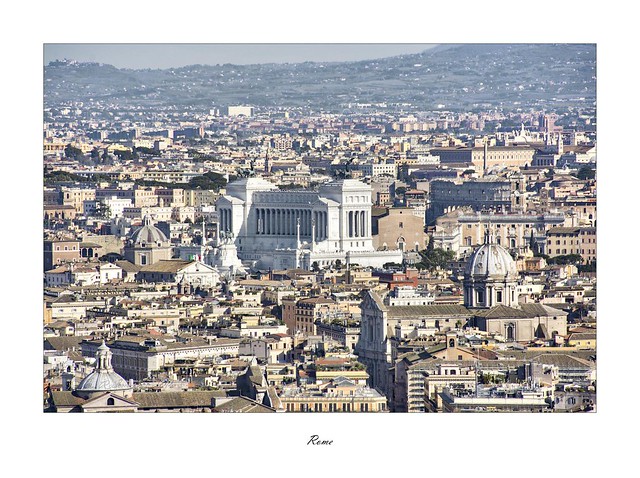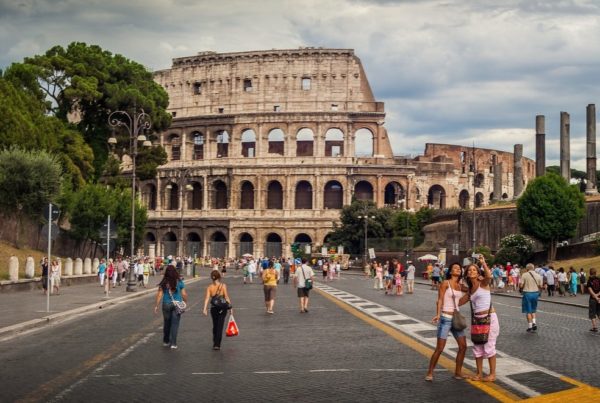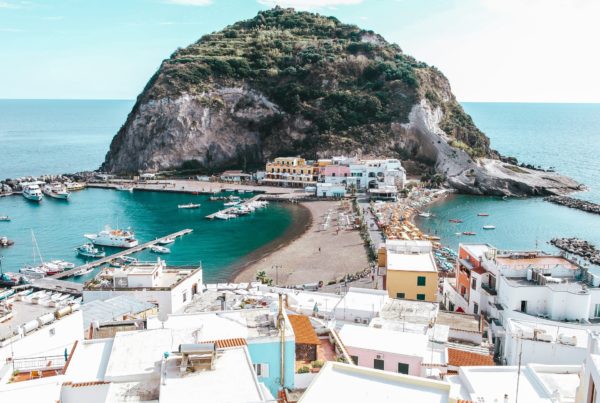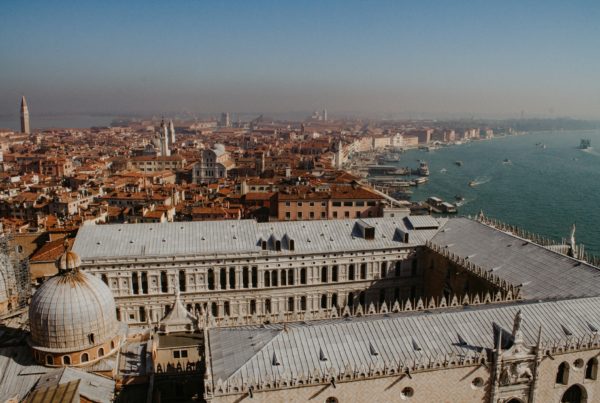
Standing between the Palatine and Capitoline Hills in the centre section of Rome lies an ancient region. Jam-packed with crumbling buildings and early Roman stories which detail the past citizens of the city.
The beginning of the Roman Forum
The crumbling ruins of the ancient Roman forum date back all the way to the 7th century. It is thought that the city of Rome developed from a small area of huts nestled on the Palatine hill. This theory is supported by the evidence found at the forum today, with many different strata of ground layers beneath the buildings. It is also thought that the large city centre was created as a result of a deliberate landfill plan. Regardless of its beginning, the majority of the buildings remaining in the ancient city centre are from the Roman Empire era, with temples, arches, and buildings all detailing
The daily habits of the Forum
During the empire’s era, the Forum first served as a large marketplace. However, over time it developed into the main region for public affairs, being an economic, political, and religious centre for the Roman Empire. This powerful civilisation ruled for almost 1000 years, controlling not just Rome, but a huge portion of Europe, Asia, and Africa. The civilisation was extremely developed, being gifted in engineering, architecture, and technology. Because of this the buildings and architecture of the city were built in the classical Greek style, but in a highly industrialized and stable way, which is the reason why the buildings Forum still exists today.
In the centre of the forum sat the Via Sacra, which was known as the main city street. Rome was famous for its roads, building the finest road system the world had ever seen of that time. The Via Sacra street was no exception, being large enough to fit all the citizens and visitors leaving/entering the Forum, as well as being linked with a number of religious and political landmarks. The road was so big it hosted a number of celebrations for Roman war victories, triumphal marches, and festival events.
The massive temples and political monuments were displayed on Via Sacra, not just for convenience but for a reason. Essentially establishing the religious faith of Rome and the political power to any newcomer.
How the Roman Empire fell
After the Roman Empire fell into disarray, the Roman Forum soon fell as well.
It was not just one definite reason why this once great empire fell, but a number of events and issues that lead to the collapse. The mains ones included military issues, financial debt, religious change, and power struggles.
For the military issues, the army of Rome started from the most legendary and strongest army ever formed, into a vulnerable and defeated militarily group. The grandeur of the army was stretched too thin with the more land the empire conquer, with regions vulnerable to take back. The empire hired more soldiers, but due to them being loyal to their pay-check, they followed their officers more than the Emperor, which made the officers particular powerful. One of the most famous officers was Julius Caesar, who took advantage of his power and popularity to seize control.
The financial debt was linked with the military as the majority of the empire’s money was going into the army and nowhere else. This led to a neglect in a number of areas, most particularly their infrastructure. Slavery became key support in the empire’s finance, but soon the supply of slaves dried up with the empire losing control on invading new regions. The decrease in invasions also caused the money of Rome to become less valuable. This was all due to the new invading areas providing a large amount of gold to the empire. With the decrease in gold accumulation, less gold was put into the Roman coins. With less gold in them, they became less valuable, and there for a rise in cost ensured which the citizens could not afford.
As well the new religion Christianity emerged in the empire, with many citizens turning to its new style of belief. The old religion of the Roman Empire saw the emperor as a type of god, which deflected any rebellion. However, Christianity said another thing, stating the emperor was no more than a mortal man, and that even the lowest class citizen was important. Creating the poorer citizens to rebel against the empire.
As well, one of the remaining main factors on the Empire’s fall was the political corruption and rebellion with the Roman officials and the emperor. With the backstabbing, assignation, and traitorous behaviour crumbling the strong structure of Rome.
What became of the Roman Forum
The ancient buildings and streets of the Roman Forum were destroyed around 410 A.D. by invaders. During the Middle Ages, the land was reduced to a pasture for grazing animals, known as the grassland ‘Campo Vaccino,’ translating to the Cow Field. The buildings and ruins remaining were extensively plundered, with the restoration of the ruins not beginning until the 18th century.
What Remains today
Despite the majority of the city crumbled into nothing, there is a large part of the forum still standing tall. With the few sights remaining filling the area with a sense of history and giving a hint to the grandeur of this lost empire. Important historical sites not worth missing are the Temple and House of Vestals, the Funeral Altar of Julius Caesar, as well as the Arch of Titus.
Price: €119
About the Author

Jenny Henion is a travel writer with a mission to see every single country in the world! Jenny is the owner at Jenny Henion.
Follow Jenny






